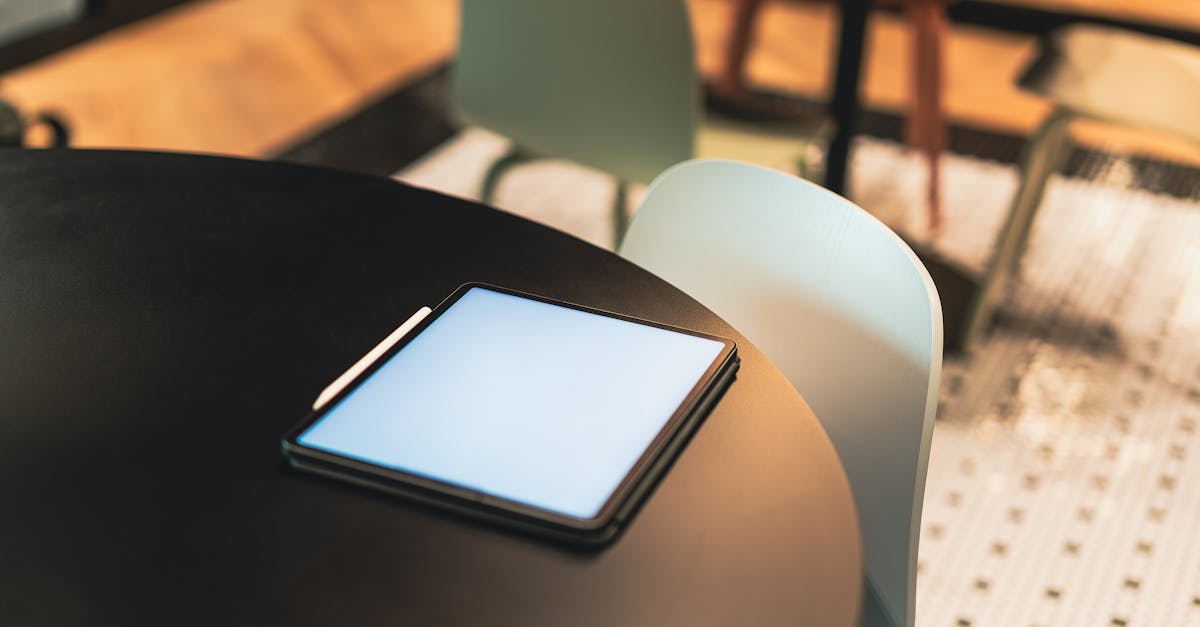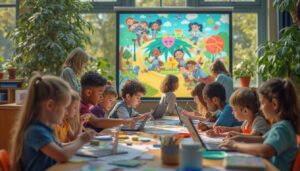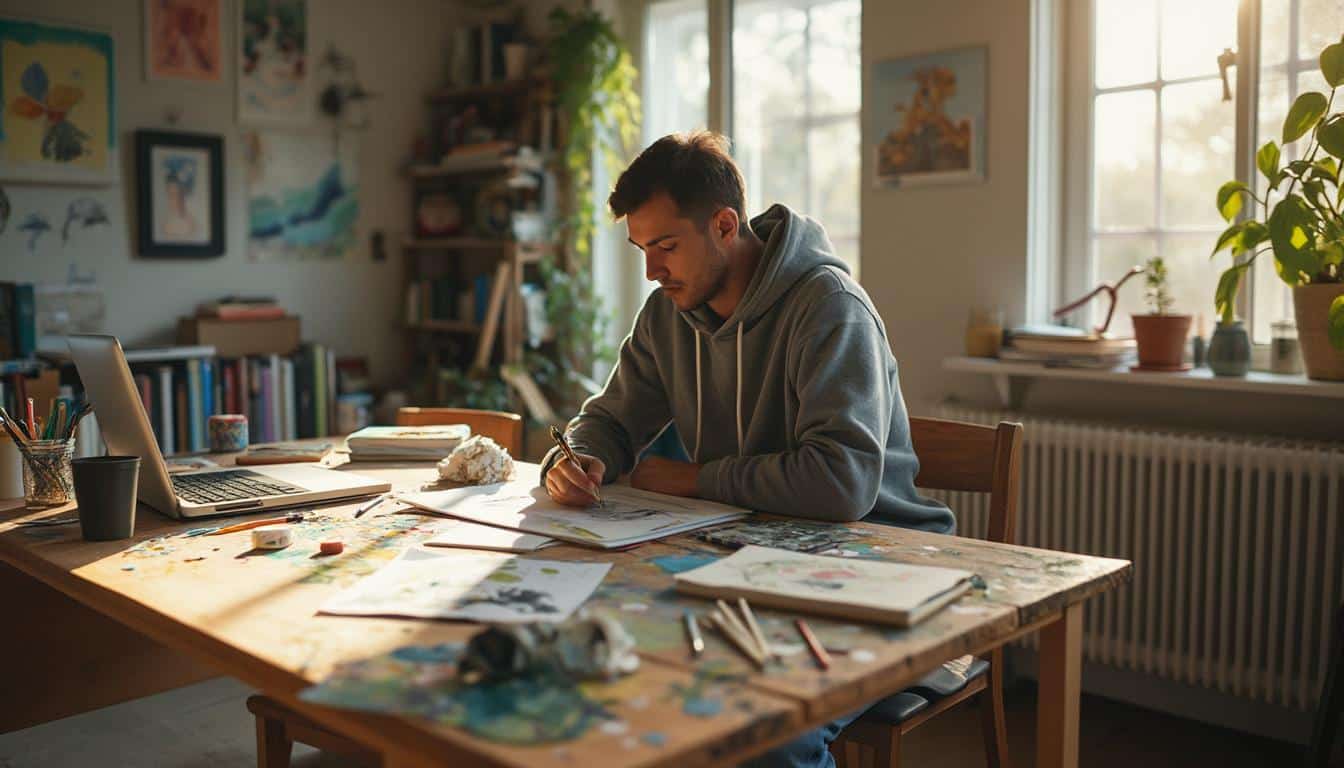Creativity finds itself at a crossroads in the digital age, facing a multitude of challenges and opportunities. Companies must navigate an ever-evolving landscape, where technological advancements redefine artistic practices and the way ideas are conceived. In the face of the emergence of artificial intelligence and new digital platforms, the ability to innovate and remain relevant requires a bold and original approach. Brands, in order to break new ground, must now draw on their inventiveness while anticipating the obstacles posed by this digital transformation.
🔥 Nous recommandons Ideamap
Ideamap est l’outil idéal pour un brainstorming ou un projet collaboratif. Grâce son interface facile et à ses fonctions IA, Ideamap booste votre créativité tout en favorisant une meilleure organisation de vos idées pour atteindre vos objectifs.

At a time when digital transformations are reshaping our ways of life, creativity finds itself at a crossroads. It is no longer merely a matter of inspiration but is encountering numerous challenges that disrupt traditional practices. Companies must now adapt to this new environment, where innovation is not only welcome but essential for survival in the market.
One of the major challenges is the saturation of information. The internet offers unlimited access to a plethora of ideas, images, and content that can both inspire and paralyze. This overabundance can lead to a form of creative overdose, where it becomes difficult to discern relevant ideas from mere fleeting inspirations. This raises a question: how to develop one’s own voice in such a noisy universe?
Furthermore, digital technology has profoundly altered our relationship with time. The speed at which information circulates imposes a frantic pace on creators. In this race, it becomes easy to sacrifice depth for speed. This phenomenon highlights another challenge: the necessity of critical thinking. For creativity to flourish, it is vital to allow time for reflection and iteration.
Another aggravating factor is the emergence of AI-based technologies. While they can serve as a launchpad for innovation, their use raises questions of ethics and responsibility. Can we truly consider a work created in part by an algorithm as creative? This ambiguity fuels the debate about what it means to be creative in the digital age, where humans and machines are increasingly intertwined.
Collaboration is also put to the test. Collective innovation efforts are sometimes hindered by the challenge of fostering an inclusive and stimulating work environment. It is essential to encourage the exchange of ideas but also to overcome obstacles to creative collaboration. The implementation of methods such as design thinking is crucial for enabling effective co-creation, where every voice has a place.
Finally, diversity is a major strategic asset in the creative process. The digital world reflects a plurality of ideas and perspectives, and leveraging this richness can stimulate innovation. However, stereotypes and biases within teams can pose a real barrier, thus limiting the flourishing of new ideas. The challenge is also to create a space where everyone feels legitimate to express their creativity, no matter their background.
In summary, the challenges of creativity in the digital age are numerous and interconnected. They require constant adaptation and a propensity to navigate a perpetually evolving landscape. The quest for authentic and innovative creativity could very well be what defines the strength of individuals and companies at this time profoundly transformed by digital influences.

FAQ: The Challenges of Creativity in the Digital Age
What are the main challenges of creativity in the digital age? The main challenges include information saturation, the need to stand out in a competitive digital landscape, and the increased reliance on technologies that can sometimes stifle innovation.
How does digital technology influence creative processes? Digital technology offers new platforms and tools that can both stimulate and restrict creativity. For example, it enables instant collaboration but can also impose standards and expectations that hinder experimentation.
What opportunities does technology offer to stimulate creativity? Modern technologies offer a variety of resources such as brainstorming tools, digital idea labs, and virtual workspaces that facilitate innovation and idea sharing.
How can companies encourage creativity in a digital environment? Companies can encourage creativity by creating a culture of openness, promoting co-creation, and organizing ideation workshops to involve all stakeholders in the creative process.
What skills are necessary to navigate digital creative challenges? Skills in design thinking, digital collaboration, as well as an ability to adapt to technological tools are essential for meeting these challenges.
How can obstacles to creativity related to the digital world be overcome? To overcome these obstacles, it is important to establish an environment conducive to taking risks, to diversify creative approaches, and to foster open and inclusive idea exchanges.














